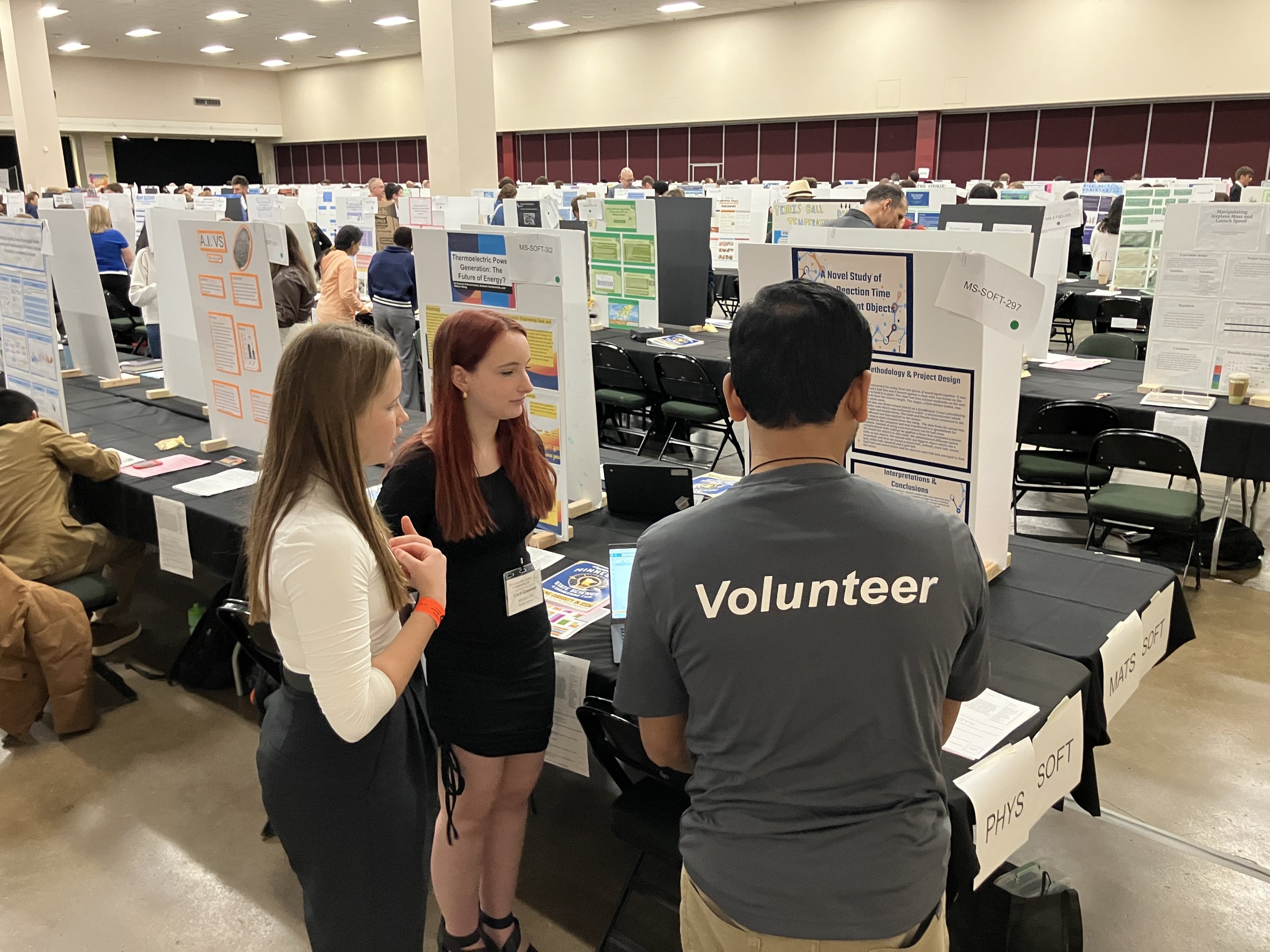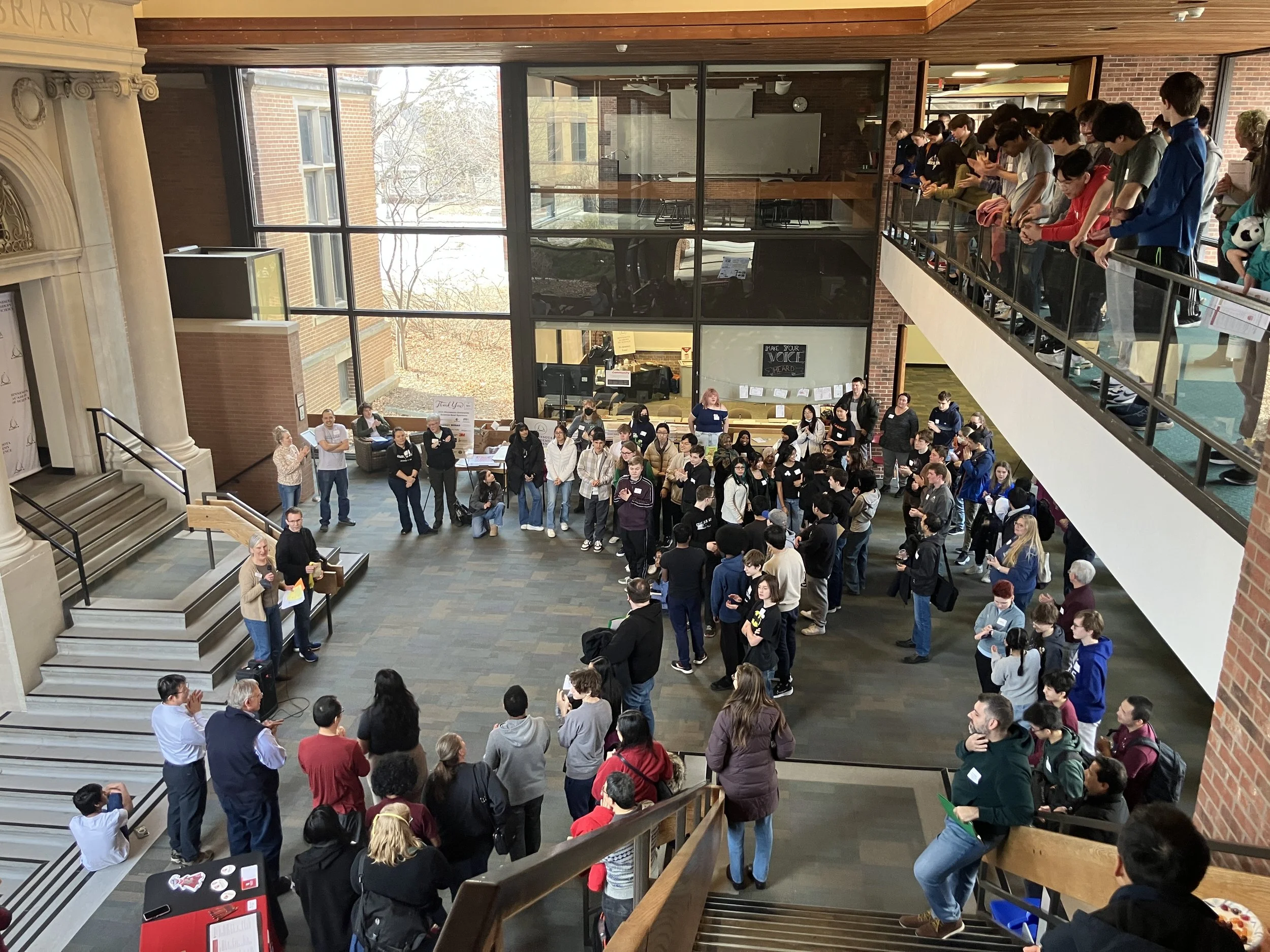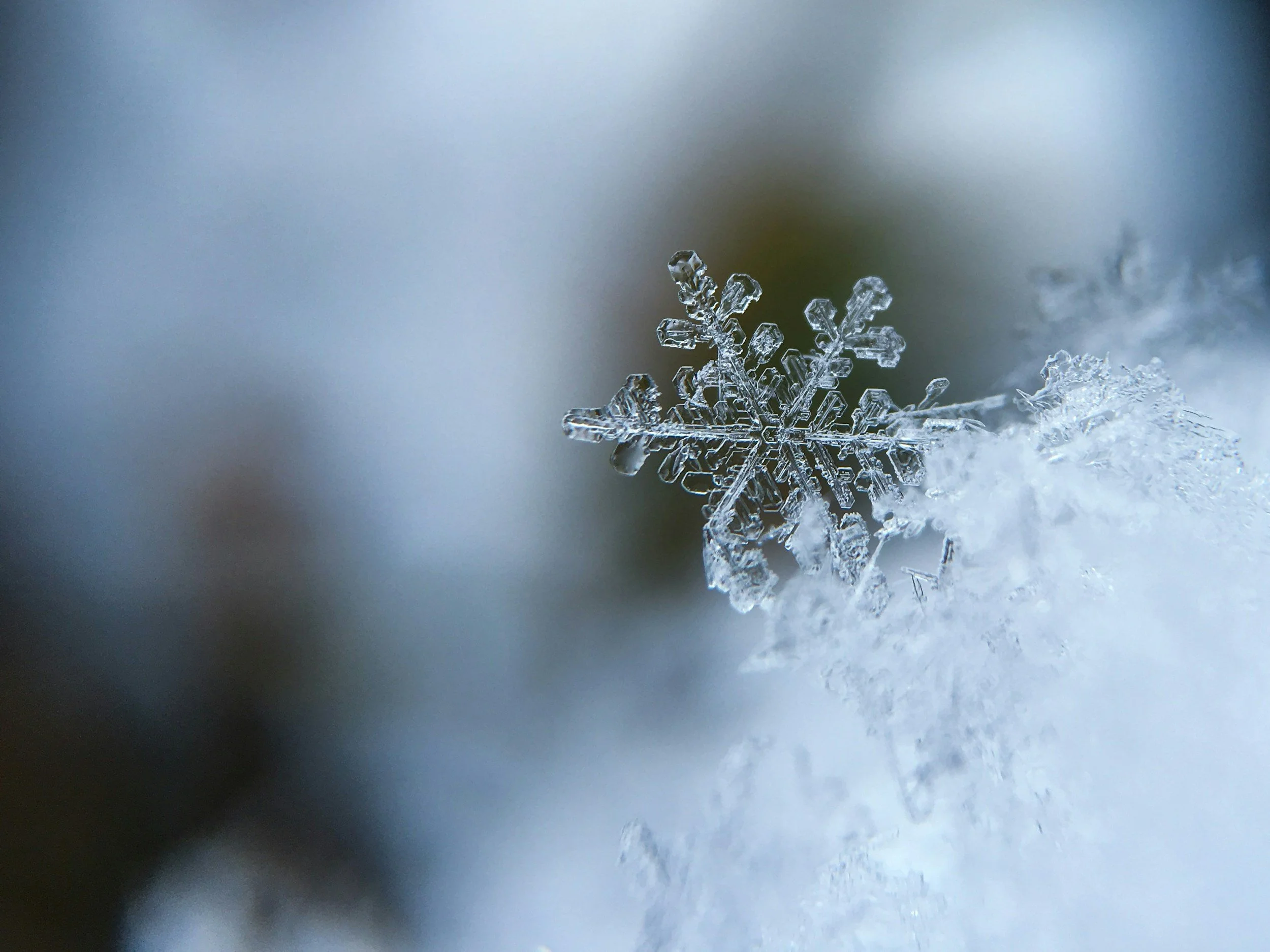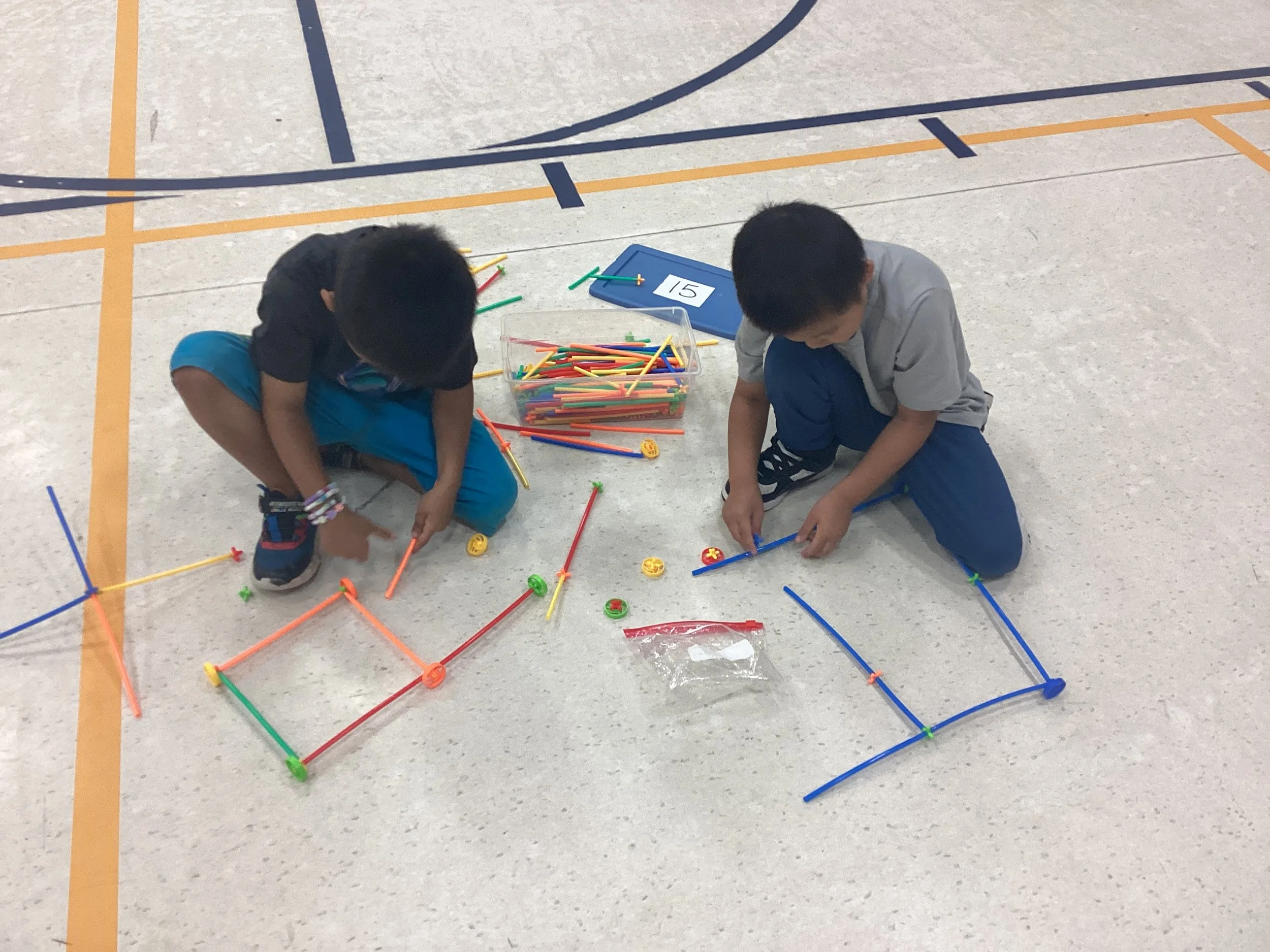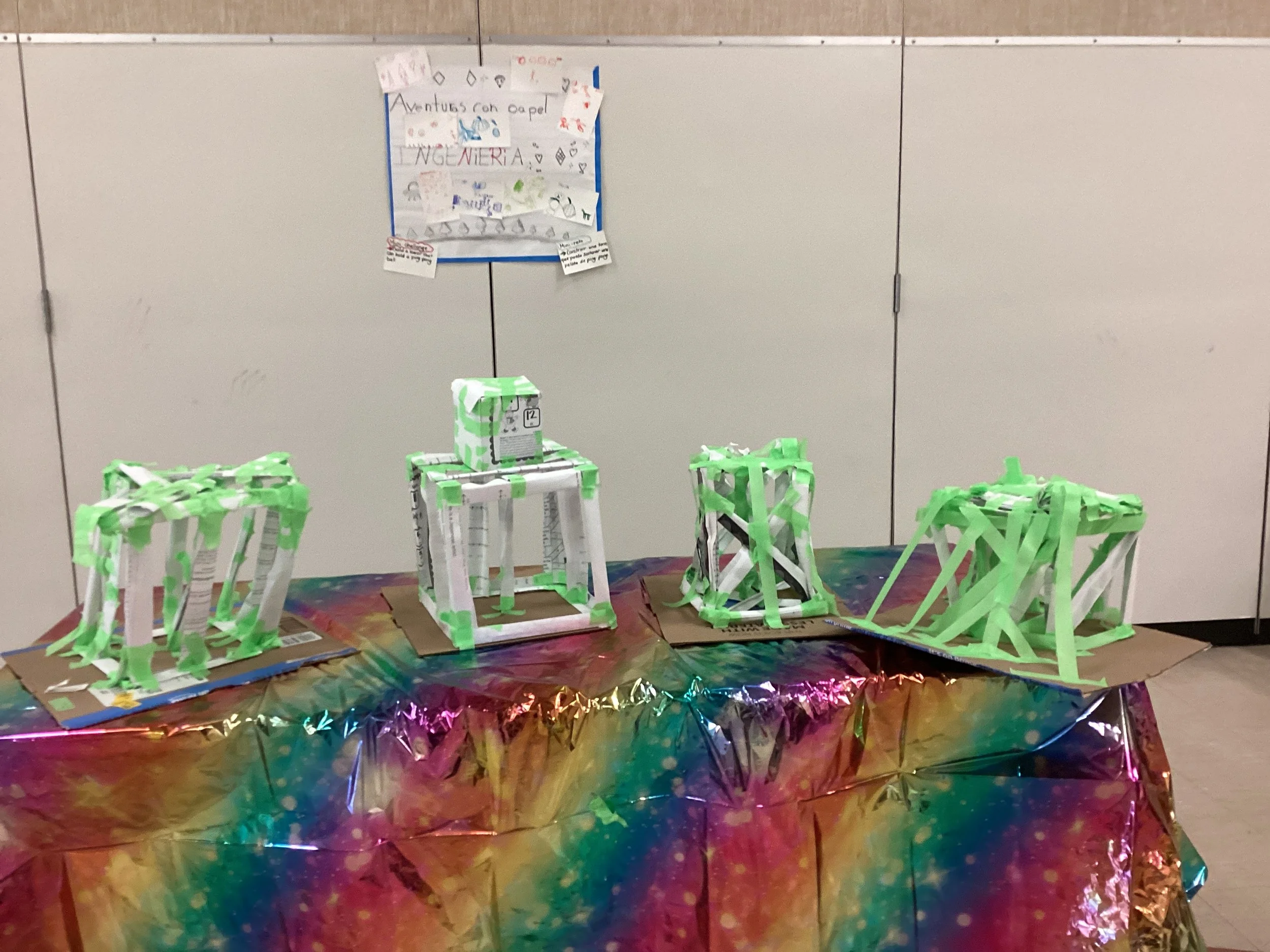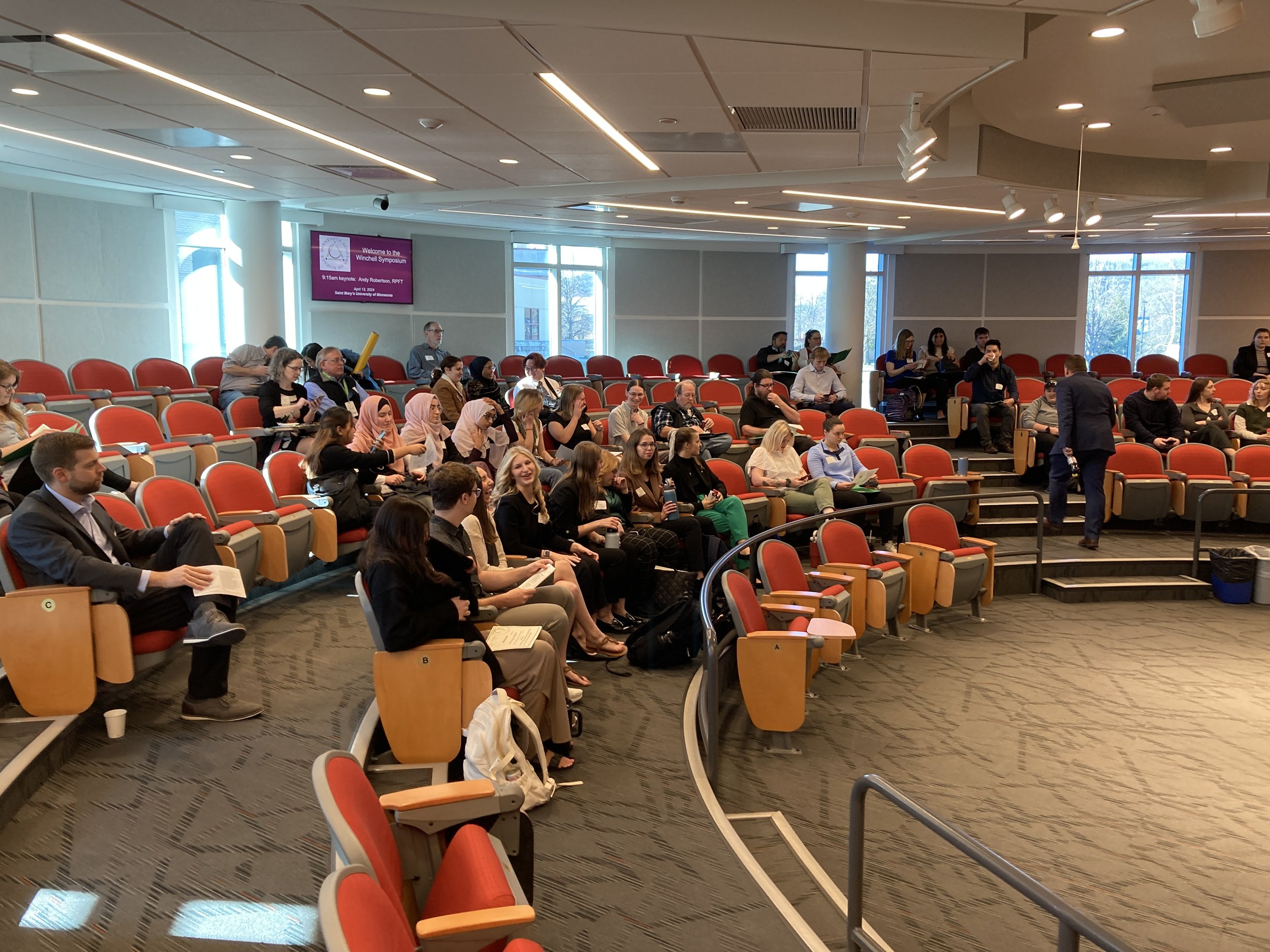How Two Captive Young Beavers Constructed a Food Pile (1937)
Thos. S. Roberts, Journal of the Minnesota Academy of Natural Sciences, Vol. 5, No. 8, pages 24-27.
This post is part of a series highlighting selected articles from the Journal of Minnesota Academy of Science archives. Read more about
our history!
Two beavers walked into an artificial pool…
No, this is not a joke with a teeth-gnashing punchline, but a summary of the beginning of a 1937 article in the Journal of the Minnesota Academy of Science (JMAS).
This article reports on the behavior of a pair of beavers who were raised at an outdoor tank outside of the University of Minnesota Zoological Building in Minneapolis. The beavers were brought to the facility in 1917 around the age of three months by Carlos Avery (who was then the Minnesota Game and Fish Commissioner). They interested scientists because they were too young to be taught many of the behaviors they exhibited, such as preparing a lodge and storing food for winter.
The beavers were fed twigs and leaves of poplar trees by University staff and were named Horatio William Beaver and Ignatius Pzermysl Beaver. The author of the JMAS article, Dr. Thomas Roberts, was fascinated with the beavers and carefully watched the pair.
“A truckload of small poplar trees was imported from the country and the whole dumped into the pool at one time, nearly filling the central portion of it. The beavers went to work with a will, working days as well as nights, to cut up and clear away all this debris that limited their movements about the pool.”
After their attempts to build a dam were thwarted, the duo set to work on a lodge, which was “a rather hodgepodge affair… with the usual air-vent through the top from which vapor rose on cold winter days, like a tiny wisp of smoke appearing through the snow covering… in later years this home was added to and improved until it became quite a respectable domicile.”
How beavers stored food for the winter was apparently under debate at this time, and Roberts excitedly reported his observations of the beavers caching poplar branches underwater in preparation for cold weather.
The pair stripped smaller branches off the trunks, then cut these bare trunks into sections 3-4 feet in length and assembled these trunks into a raft-like shape. They then worked day and night to place all the eatable, smaller branches and leaves below this ‘raft’. Roberts writes, “slowly the floating logs became water-soaked and sank heavily on the mass beneath, disappearing under the surface and forcing the food pile below where ice would entangle it. My office window looked directly down into the pool, and I, with others, watched this whole procedure with great interest and not a little surprise. I had seen many food piles about beaver houses during a study of these animals in Itasca Park some years ago and had never ceased to wonder how it was done, until these little beavers revealed right before our eyes.”
Neither of the beavers lived at the University for long. Ignatius was an escape artist - in 1920 the Minneapolis Journal reported that, “when Charles Phillips, Dr. Roberts’ assistant, arrived at the museum, he met Ignatius Pzermysl walking down Washington avenue, flapping his wide, fishy tail emphatically on the sidewalk, to the amusement of hundreds of university students en route to the 8:30 classes.” A few months later, Ignatius disappeared - the beaver may have escaped again. Perhaps Ignatius made it to the nearby Mississippi, and maybe some of the beaver’s descendants are happily waddling through the mud and gnawing on tree trunks on the banks of the great river today.
Unfortunately, Horatio befell a sad fate and was killed by a neighborhood boy in 1924.
Beaver diorama at the Bell Museum.
To find beavers in the metro area today, head out to a nearby lake, river, or check out the Bell Museum’s beaver diorama. And if you just can’t get enough of these fascinating rodents, consider getting involved with the Mississippi Park Connection and the National Park Service’s beaver community science effort.
References
‘Annual Report: Live Beavers’, Rebecca Toov. Exploring Minnesota’s Natural History, June 17, 2013.
‘Beaver’, MN DNR
‘Beavers at Lake Itasca’, Andria Waclawski. Bell Museum Blog, March 28, 2019.
‘Beavers Revisited’, Rebecca Toov. Exploring Minnesota’s Natural History, July 25, 2013.










